“Ammonium Cupric Chloride” has been added to your cart. View cart

Lactose Monohydrate 500gm
KSh680.00 Original price was: KSh680.00.KSh600.00Current price is: KSh600.00.
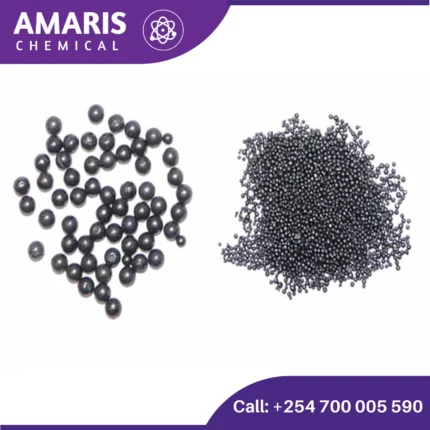
Lead Shot 250gm
KSh2,500.00 Original price was: KSh2,500.00.KSh2,300.00Current price is: KSh2,300.00.
Lead Bromide 500gm
KSh6,000.00 Original price was: KSh6,000.00.KSh5,500.00Current price is: KSh5,500.00.
Lead BromideLead bromide (PbBr₂) is an inorganic compound consisting of lead and bromine. Here are some key details about lead bromide:
Properties:
- Chemical Formula: PbBr₂
- Appearance: White crystalline solid
- Molar Mass: 367.01 g/mol
- Melting Point: 373 °C (703 °F)
- Boiling Point: Decomposes before boiling
- Density: 6.66 g/cm³
- Solubility in Water: Poorly soluble (1.03 g/100 mL at 20 °C)
Structure:
Lead bromide has an orthorhombic crystal structure. In the solid state, PbBr₂ forms a lattice with lead ions surrounded by bromide ions.
SKU:
ACS52634CHEM0
Category: Analytical Reagents
Description
Uses of Lead Bromide
1. Chemical Reactions and Synthesis:
- Precipitation Reactions: Lead bromide is commonly used in precipitation reactions to demonstrate the formation of an insoluble salt. For example, mixing lead(II) nitrate (Pb(NO₃)₂) with a bromide salt like sodium bromide (NaBr) yields a precipitate of lead bromide.
- Synthesis of Lead Compounds: It can be used as a precursor in the synthesis of other lead-containing compounds through various chemical reactions.
2. Analytical Chemistry:
- Qualitative Analysis: In qualitative inorganic analysis, lead bromide can be used to confirm the presence of bromide ions in a solution. This is done by adding a solution containing lead ions and observing the formation of a white precipitate of PbBr₂.
- Stoichiometry and Solubility Studies: It is often used in experiments to study stoichiometry, solubility product constants (Ksp), and the effects of common ion and diverse ion effects on solubility.
3. Educational Demonstrations:
- Teaching Material: Lead bromide is used in educational settings to teach concepts such as solubility rules, precipitation reactions, and the properties of ionic compounds.
- Laboratory Experiments: It can be involved in laboratory experiments designed to demonstrate the properties and reactions of lead and bromide compounds.
4. Radiation Detectors:
- Detector Material: Lead bromide is used in the fabrication of certain types of radiation detectors due to its high density and effective atomic number, which makes it suitable for detecting gamma rays and X-rays.
5. Photographic Research:
- Historical Use in Photography: Historically, lead bromide was used in the production of photographic emulsions. While it is less common today due to the advent of digital photography, it may still be studied for its historical significance and properties.
Reviews (0)
Be the first to review “Lead Bromide 500gm” Cancel reply
Shipping & Delivery
Related products
Acetic Acid 2.5litre
Acetic acid is an organic acid with the chemical formula CH3COOH, also known as ethanoic acid. It is a colorless liquid with a pungent, sour taste and a distinctive vinegar-like odor. Acetic acid is an important industrial chemical used in the production of various products, including solvents, plastics, textiles, and food additives. It is also the main component of vinegar, which is commonly used as a condiment and preservative in cooking and food preparation.
Aceto Carmine 100 ml
Aceto carmine is a staining solution used primarily in microscopy to highlight cellular components. It is a mixture of carmine dye and acetic acid. Here’s an overview of its properties, preparation, and uses:
Properties
- Color: Red to purplish-red.
- Solubility: Soluble in water and ethanol.
- Staining Characteristics: Stains chromatin and cytoplasmic components, providing contrast for better visualization under a microscope.
Preparation
- Ingredients:
- Carmine dye: A natural red dye extracted from the cochineal insect.
- Acetic acid: A colorless liquid organic compound with a pungent smell.
- Procedure:
- Dissolve a specific amount of carmine powder in hot distilled water.
- Add glacial acetic acid to the solution.
- Filter the mixture to remove any undissolved particles.
Agar Agar Powder
Agar agar powder refers to the dehydrated and powdered form of agar agar, a natural gelling agent derived from seaweed. It is made by drying and grinding the agar agar gel, resulting in a fine powder with excellent gelling properties. Agar agar powder is commonly used in cooking, baking, and food preparation as a vegetarian and vegan substitute for gelatin. It is prized for its ability to create firm and stable gels at relatively low concentrations and temperatures. Agar agar powder is versatile and can be used in a variety of recipes, including desserts, confectioneries, jams, jellies, and savory dishes.
Aluminum Hydroxide 250gm
Aluminium hydroxide is a chemical compound with the formula Al(OH)3. It is an inorganic compound that is commonly used as an antacid to neutralize excess stomach acid, as well as a component in the manufacture of various products, such as ceramics, paper, and cosmetics. It is a white, powdery substance that is insoluble in water and has a low toxicity. When heated, it decomposes to produce aluminium oxide, or alumina, which is used in the production of aluminium metal.
Ammonium Acetate 25kgs
Ammonium acetate is a chemical compound with the formula NH4CH3CO2. It is a white, crystalline solid with a vinegar-like odor. It is commonly used in various laboratory applications, such as in molecular biology and analytical chemistry. It can act as a source of acetate ion in reactions and is often used as a buffer solution in biochemical and molecular biology research. Additionally, it is sometimes used in the manufacture of other chemicals and as a food additive.

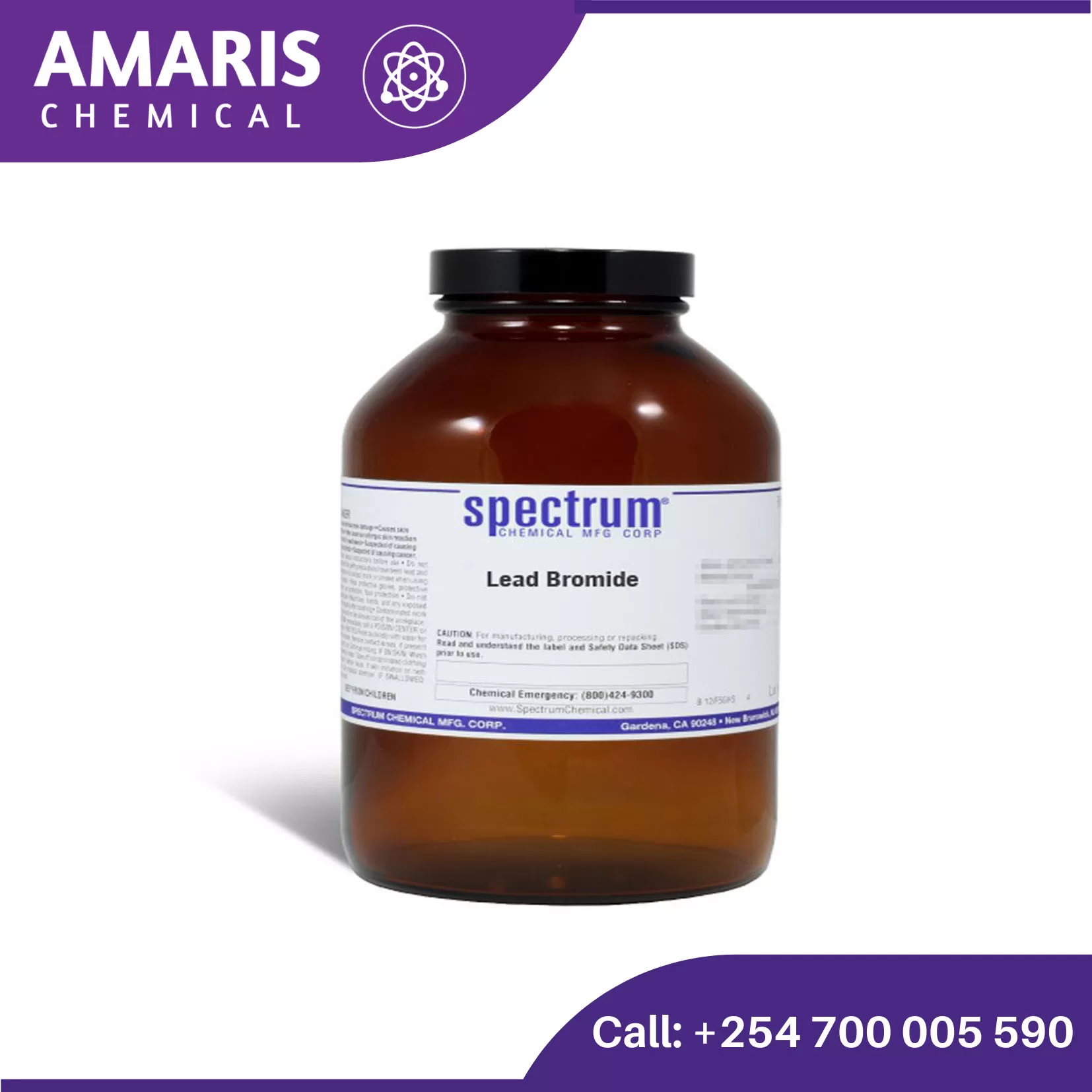
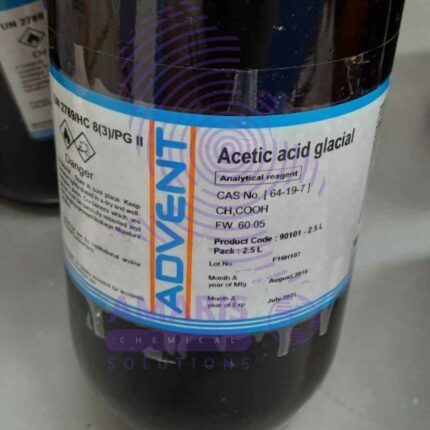
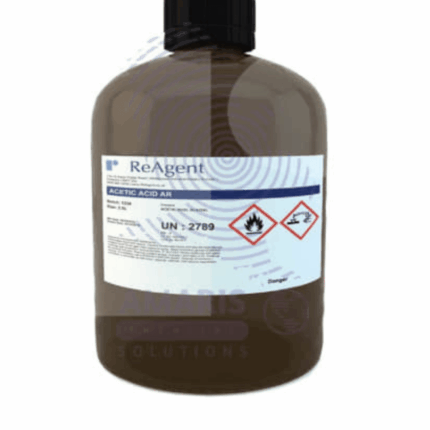
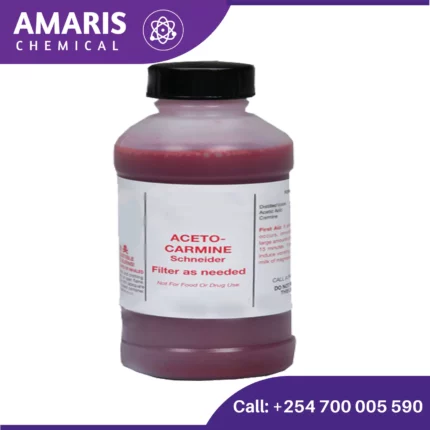

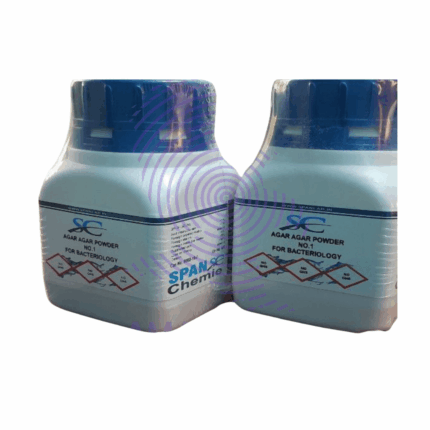
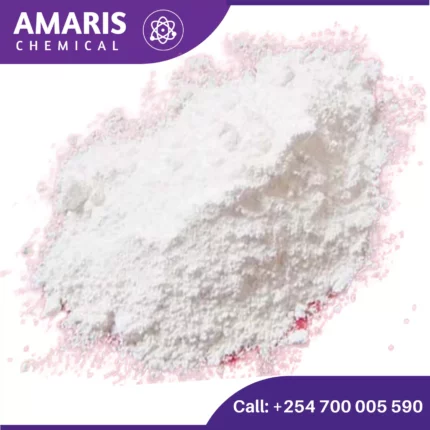

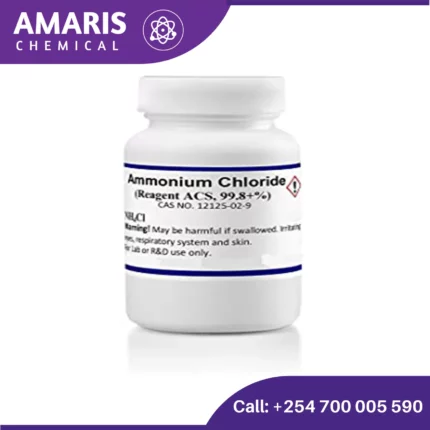
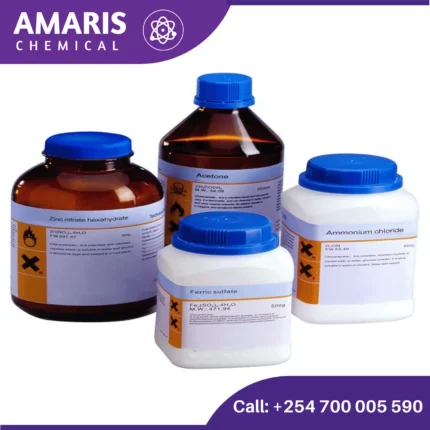

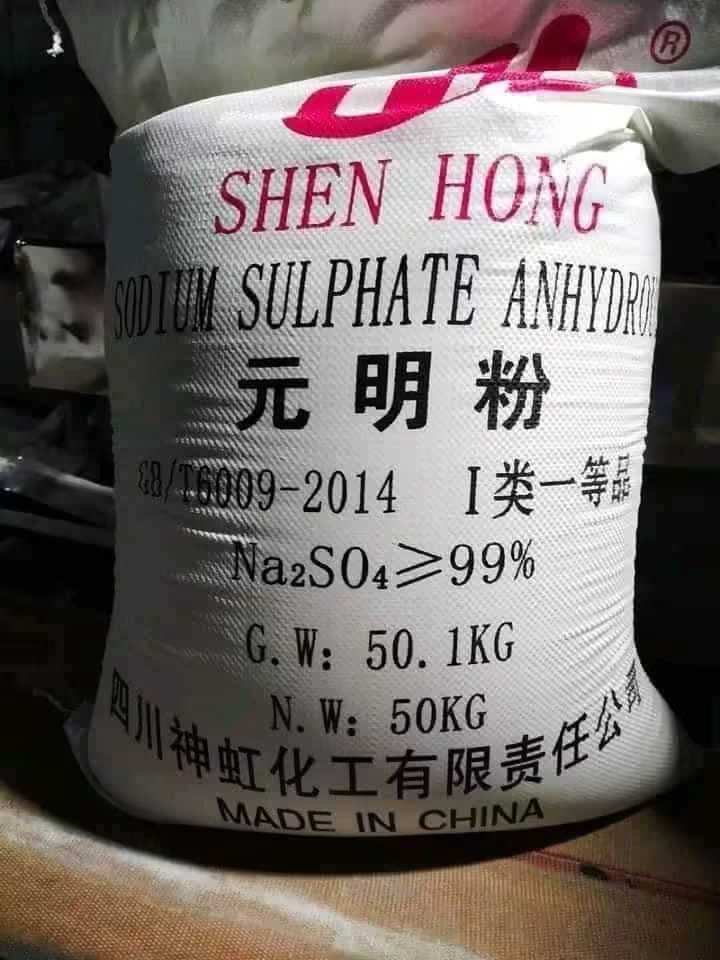







Reviews
There are no reviews yet.